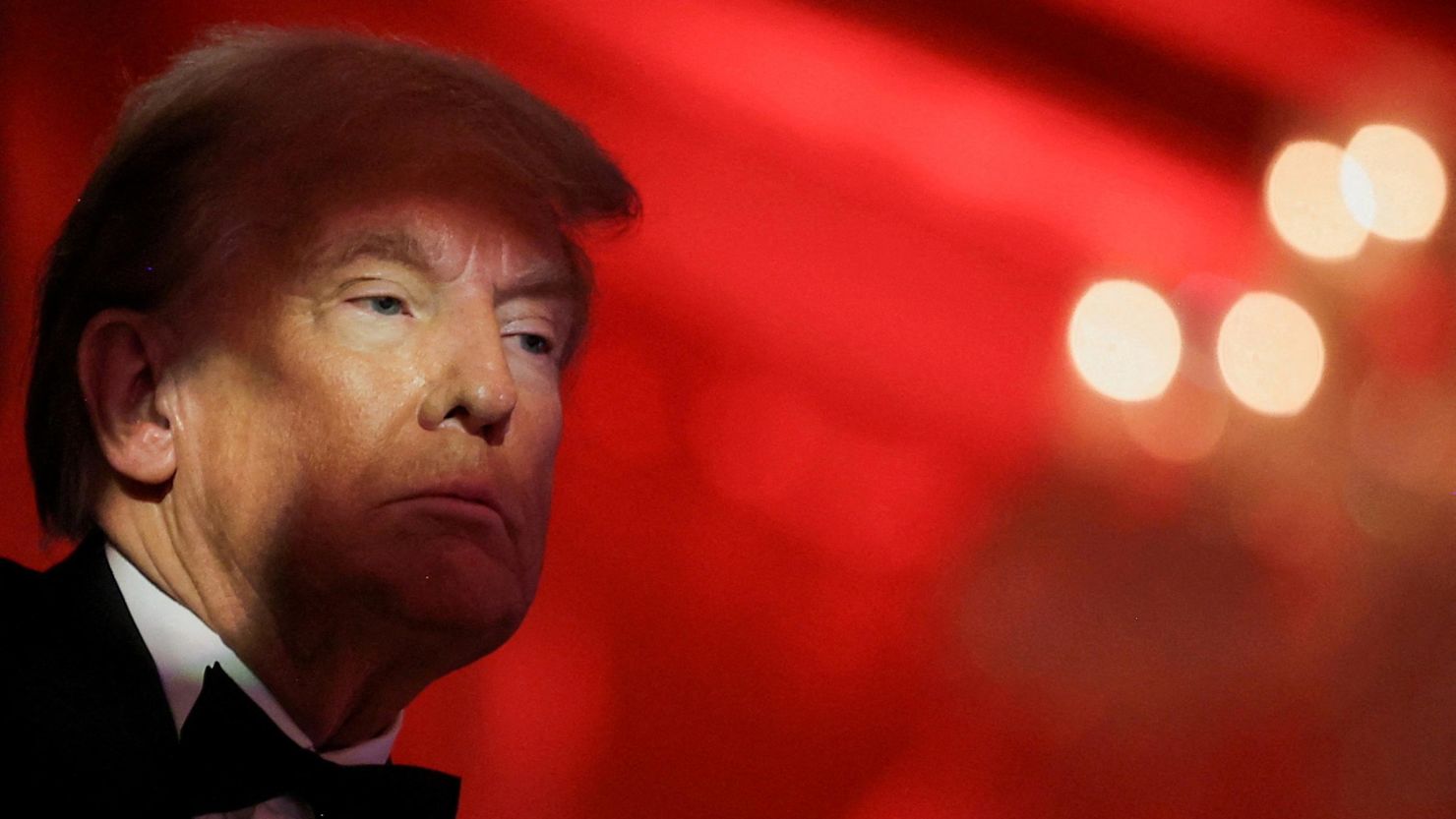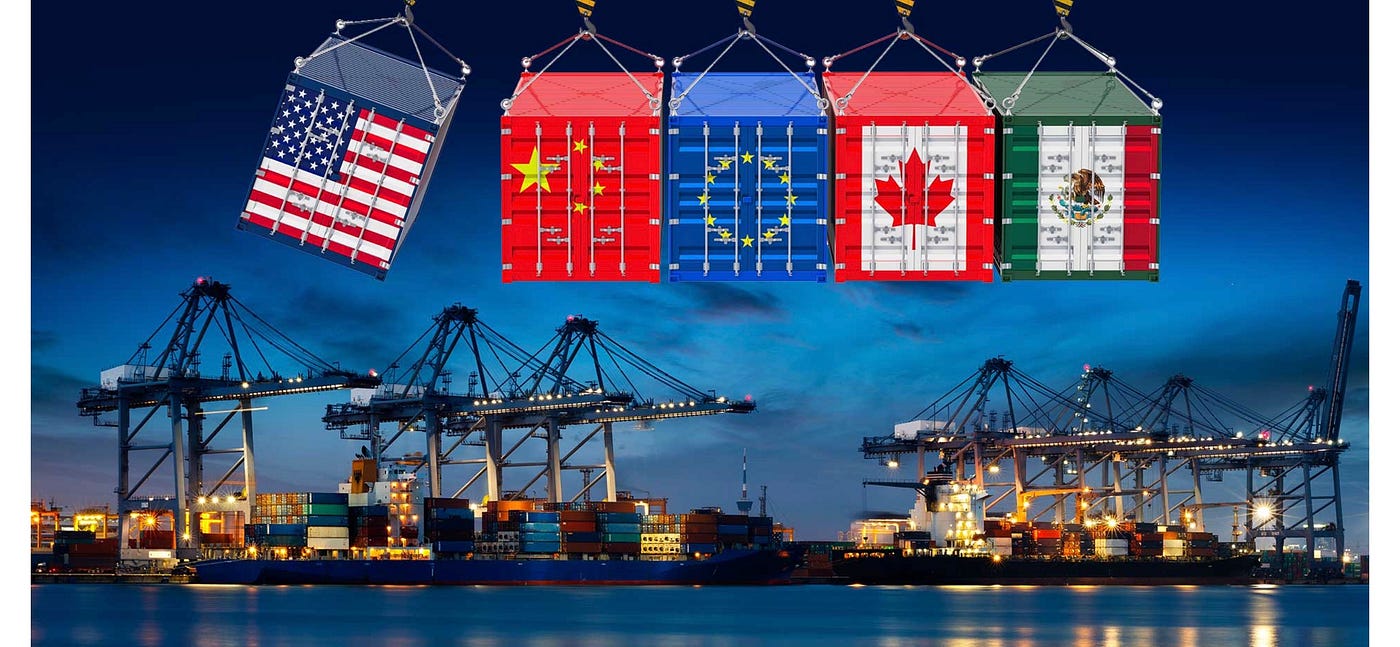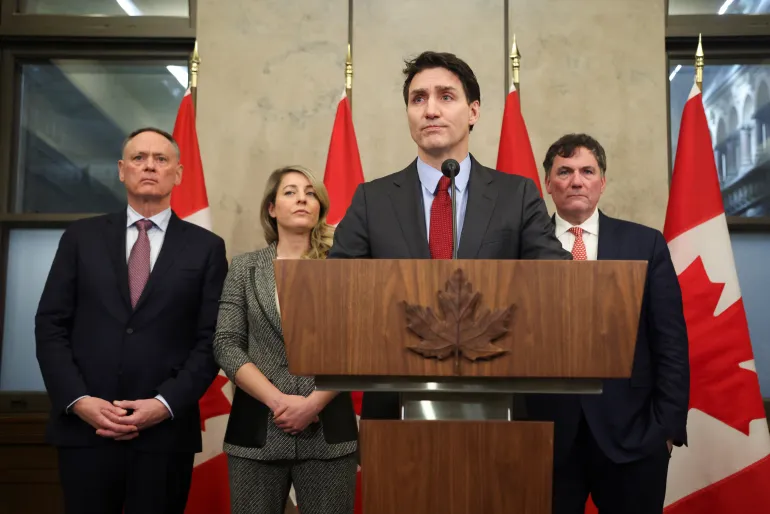Login
Join Free
Will Trump’s Tariff Hikes Crush the Toy Industry?
Introduction
Since Donald Trump was elected U.S. President, rumors of potential tariff hikes have kept the toy industry on edge. With new proposals targeting Chinese imports and other key manufacturing hubs, the global toy trade faces significant challenges. Here’s how these changes could reshape the industry and what it means for businesses and consumers alike.

The Tariff Threat: What’s at Stake?
Trump’s latest tariff proposals have sent shockwaves through the toy industry, primarily due to three key factors:
1. Increased Tariffs on Chinese Imports
Trump has proposed a 10% additional tariff on nearly all Chinese imports, including toys. Given that approximately 70% of toys sold in the U.S. are made in China, this move could drastically increase costs for manufacturers and retailers.
2. Higher Tariffs on Imports from Mexico and Vietnam
Mexico faces a staggering 25% tariff hike, while Vietnam and other Southeast Asian countries are also targeted. These regions have become critical hubs for Chinese toy manufacturers seeking to diversify their supply chains amid rising trade tensions. Many companies relocated production to these areas at the request of U.S. and European clients, but now even these alternatives are under threat.
3. Potential End to the "De Minimis" Rule
Although not directly proposed by Trump, there are discussions about eliminating the "de minimis" exemption for small-value cross-border packages. This policy has been a lifeline for Chinese e-commerce platforms like Temu and Shein, enabling them to ship directly to U.S. consumers at low costs. Its removal could further disrupt the toy trade.
According to a November report by the National Retail Federation (NRF), Trump’s proposed tariffs could have a severe impact on the toy industry. If enacted, toy prices could increase by 36% to 56%, depending on the final tariff rates. For example:
- A $50 tricycle could rise to $68 to $78.
- A $25 board game might climb to $34 to $39.
- A $20 plush toy could increase to $27.
Such price hikes would likely reduce demand, particularly among middle- and low-income families, leading to an overall decline in toy sales.

The Toy Industry’s Response
The U.S. Toy Association has taken swift action, hiring Ballard Partners, a lobbying firm with close ties to Trump, to address the tariff issue. The team includes Brian Ballard, a key fundraiser for Trump’s campaigns, and Hunter Morgen, who handled trade and immigration matters during Trump’s first term. Their goal is to persuade the administration to reconsider the proposed tariffs.
Meanwhile, U.S. toy companies are bracing for a tough year ahead. Jay Foreman, CEO of Basic Fun!, highlighted the challenges of relocating production to non-Chinese countries like Mexico, which is also facing a 25% tariff threat. He noted that while some companies have attempted to bring production back to the U.S., the high costs often outweigh the benefits. For instance, Basic Fun! tried manufacturing Lincoln Logs in Maine but ultimately returned production to China due to consumer preference for affordable options.
Can “Made in the USA” Save the Day?
Some U.S. toy companies have maintained domestic production or are considering reshoring due to policy incentives. For example:
- American Plastic Toys has been producing in the U.S. for over 60 years. Their molded plastic toys, made in Michigan, allow for quick restocking and avoid international shipping delays. However, CEO John Gessert admits that relying solely on tariff advantages isn’t a sustainable strategy.
- Companies like Little Tikes, Step2, and Simplay3, which produce large items like ride-on toys and outdoor playhouses, have also kept significant production in Ohio to avoid high import costs.
However, reshoring isn’t a viable solution for all toy categories. Labor-intensive products like action figures, electronic toys, or items requiring metalwork face significant challenges due to the U.S.’s weakened industrial base. Emmy Klint, a third-generation representative of Nylint (a former leader in alloy toy manufacturing), pointed out that reshoring requires massive upfront investments in machinery, tools, and workforce training, making it impractical for many companies.
To encourage reshoring, the Federal Trade Commission (FTC) introduced stricter guidelines in 2021 for using the “Made in the USA” label. Products must now undergo final assembly and significant processing in the U.S., with most components sourced domestically. Labels like “Made in the USA of U.S. and China components” are also permitted to ensure transparency.

What’s Next for the Toy Industry?
The toy industry had hoped for a recovery by 2025, but Trump’s tariff proposals have cast a shadow of uncertainty over the coming year. While some companies may benefit from reshoring or diversification, the overall impact of higher tariffs could lead to reduced consumer demand, disrupted supply chains, and increased costs for businesses.
For global toy suppliers like ZHORYA, staying ahead of these changes will require agility and innovation. Check their Facebook page for the latest updates, special offers, and industry insights! By focusing on high-quality, competitively priced products and exploring new markets, companies can navigate these turbulent times and continue to bring joy to children worldwide.

 Русский язык
Русский язык 中文
中文